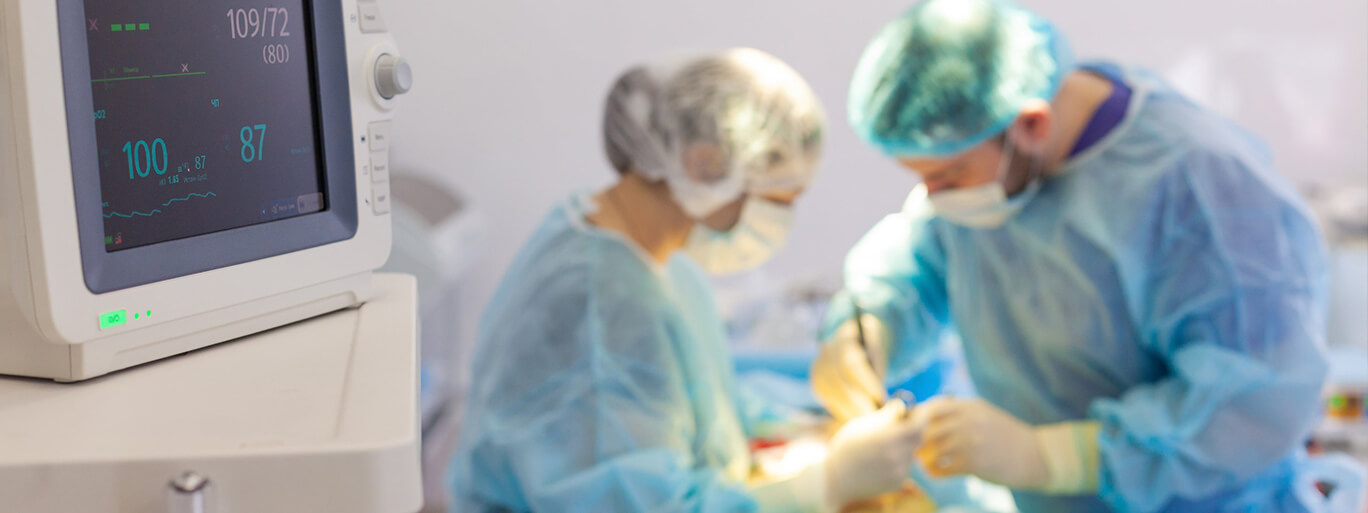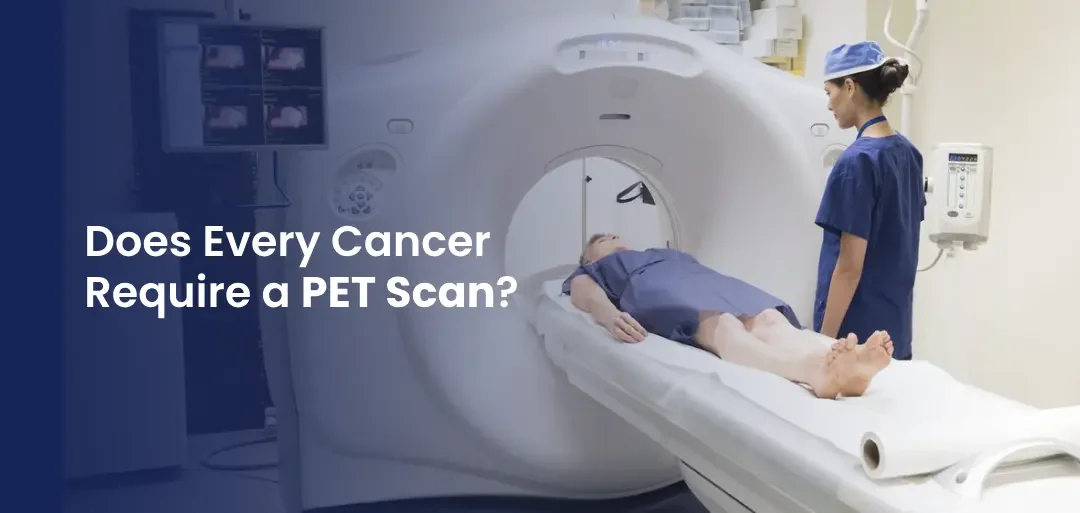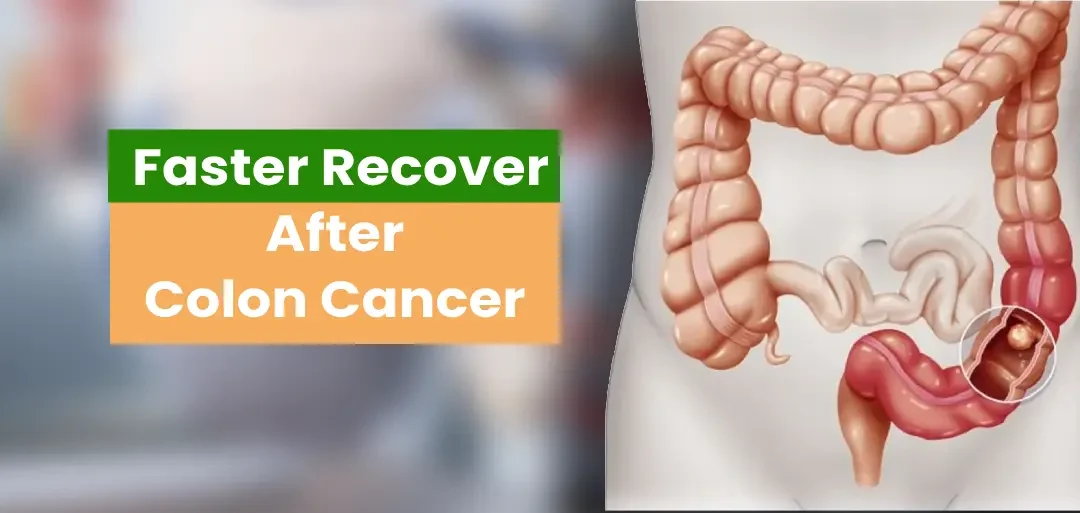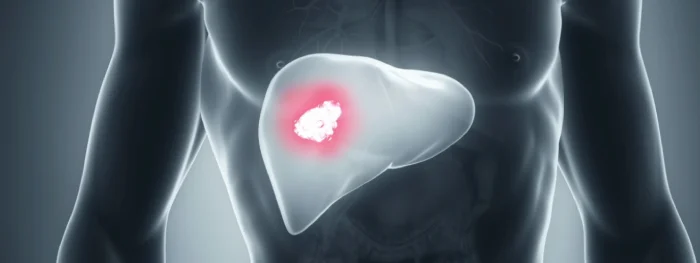The last two decades have seen a major change in surgical oncology. In the 80s and 90s, the primary focus was to get the tumor out with good margins and get the patient home alive.
While chemotherapy and radiation were available the options were limited and were predominantly used in an adjuvant or palliative setting.
Very few extremely skilled or bold surgeons explored minimal access surgery and were often ridiculed.The last two decades have seen an avalanche of new chemotherapy drugs in the market with many molecular and immunotherapy agents. These have improved outcomes of many cancers either by downsizing tumors before surgery (neoadjuvant therapy) or by taking care of potential cancer cells after surgery (adjuvant therapy).
This has enabled surgeons to operate on more cancers than before while preserving better functionality.
The technology of medical devices has grown by leaps and bounds thus enabling better instruments, better cameras, and software to help surgeons.
More and more surgeons started opting for minimal access surgery for their patients in order to enable them to recover faster, have lesser pain, early return to home, and work with the same oncological outcomes.
The biggest innovation in the minimal access surgery space has been the surgical robot.
The arms of the robot are docked on the patient and the instruments are attached to the robotic arms. Every movement of the instruments is controlled by the surgeon at the console. One of the common misconceptions is that it is the robot performing the surgery which is not true. It is ALWAYS THE SURGEON who performs the surgery… the robot is only an advanced instrument that enables safer surgery.
So what are the advantages of the robot over laparoscopy?
In some areas like the pelvis which is narrow, the robot clearly scores over laparoscopy.
The robotic arms have far greater dexterity than laparoscopic instruments. The magnification is much more, the camera is 3D, and the wrist of the robot provides seven degrees of motion compared to only two dimensions in laparoscopy.
The robot also has an inbuilt intraoperative ultrasound to locate small tumors and an ICG system which enables the surgeon to check the vascularity of the bowel before joining it, rule out bile leaks, and identify bile ducts, etc. thus enhancing surgical safety.
Newer software has superimposition of scan images making it easier for the surgeons to operate.
However, it is important to realize that patients should be carefully selected for robotic surgery and large bulky tumors will still need open surgery.
With more and more advances in tech, the robot will be more accessible to all and at reasonable costs and more surgeons will be able to use it effectively.
Watch more videos by Dr. Ganesh Nagarajan
Is Robotic Surgery Safe? Pros and Cons of Robotic Surgery | Dr. Ganesh Nagarajan














